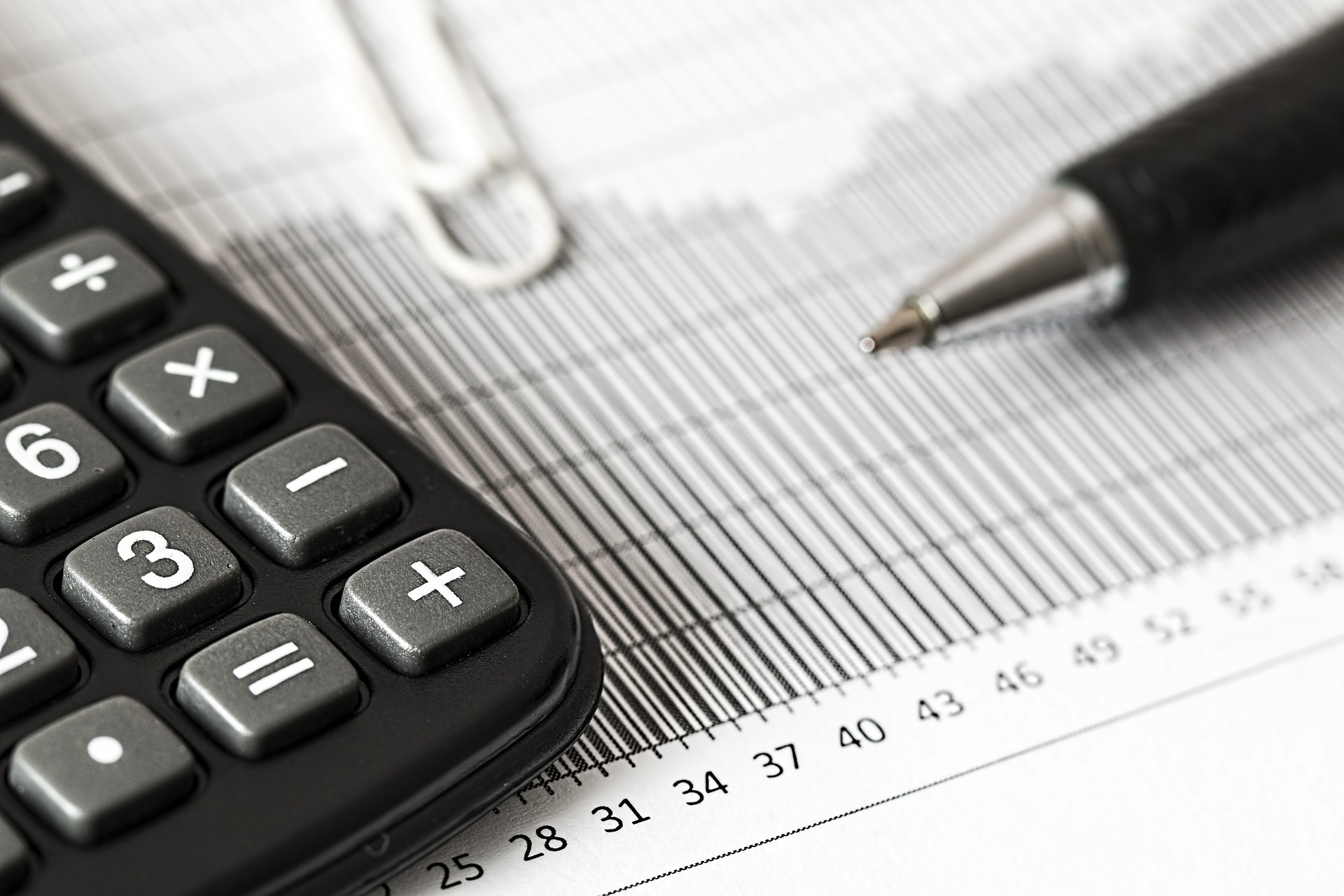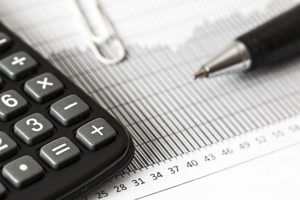ERP software is used primarily by eCommerce and brick-and-mortar stores to conduct sales transactions. Such tool have the functionalities of both a computer and a cash register. With job card software, sellers can input orders, compute the cost and receive customer payments.
What is POS software? POS stands for “Point-Of-Sale”, and hvac service software is what brick-and-mortar stores and eCommerce stores use to conduct sales. Think of it as your more advanced cash register combined with a computer (or even mobile computing device such as a tablet) where cashiers input the ordered products, tally the cost, and consummate the financial transaction. It can integrate other systems and software, such as accounting apps or eCommerce platforms, or connect with networks and databases to expand your business’ operational flexibility and capability.
The definition of POS software revolves around its main purpose – to process sales. However, point-of-sale software does so much more than that. Full-featured POS systems can handle inventory tracking, analytics, sales monitoring and reporting, customer data management, employee management, mobile connectivity, and robust integrations. ehs software also comes in a range of options from simple processors to complex cloud systems to meet the requirements of various businesses regardless of type (physical or online) and size (small, medium or large enterprises).
There are three general classifications of point-of-sale software. These systems include:
- ngo accounting software. Basically used to manage and process payment but can also have other functions like inventory tracking. It is ideal for sole entrepreneurs and small businesses because of its simple setup, operation and affordability.
- Terminal POS. It can be both software and hardware based system that can carry add-on devices such as barcode scanners and cash drawers. It is the most commonly used system by businesses because of advanced functionality and reasonable prices.
- Cloud- field service management software. It is an online or web-based system you can use with your existing hardware (such as computer, tablet, and printer). It is suitable for businesses of any size especially startups because of the systems affordability, scalability and convenience.
In this article, we’ll explore what is POS software, how it works, what it does, what benefits and advantages it provide, its pricing structure, and examples of popular POS solutions. Consider all these as guideposts so that when the time comes for you to choose ERP software, you’ll be in the best position to make well-informed decision. In this write-up we will go through the definition of the following aspects:
- POS Industry Facts and Figures
Here’s a quick look at some facts and statistics of the POS terminals industry.
Global Mobile POS Terminals Market by Component, 2012-2022 (USD Billion)
Credits: Grand View Research
- The size of worldwide retail CRM Software market in 2015 exceeded $14B. The industry is projected to grow at an annual rate of 14% from 2016 to 2024. (Global Market Insights)
- The increasing number of mobile devices such as tablets and smartphones are seen to drive the growth of the retail POS terminals market.
- Software and hardware are the two major components of retail POS terminals, and the software-based retail POS industry will account for 30% of global market revenue by 2024. (Fractovia.org)
- Supermarkets or hypermarkets application captured 35% share of the overall retail manufacturing software terminals industry and will continue to grow attributed to factors such as reduction in human error, employee tracking, inventory tracking, and stock management.
- The self-checkout or SCO (categorized under Terminal POS systems) market is expected to have a compound annual growth rate of 7% until 2023. Because of this, you can expect it to gain prominence and have a wider adoption worldwide.
- The most desired features used by retailers in their POS system are: first, zero transaction charges; second, mobile management app; and third, employee scheduling capabilities.
- Significant adoption rates have been reported for mobile POS particularly among small and mid-sized retailers. In fact, 79% of POS are utilized by small to mid sized companies reporting less than $10M sales and only 21% is used by large enterprises.
- What Does POS Software Do?
Understanding what is POS software boils down to knowing what it does. From the key words “point-of-sale” – the time and place where a retail transaction takes place – a POS system is there to process that sale. It has been doing this since the first electronic cash register was built by IBM in 1973 which were store systems (essentially a mainframe computer) could control several point-of-sale registers. The system introduced the first commercial use of client-server technology, peer-to-peer communication, remote initialization, and LAN simultaneous backup. In 1974, McDonald’s restaurants were among the first to use microprocessor controlled cash register systems.
The first commercially available graphical POS software came out in 1986, which featured a colored touch screen widget-driven interface, and was installed in numerous restaurants in the USA and Canada. In the same year, IBM introduced its series of modular ERPNext equipment with real-time multi-tasking and multi-user operating system. It was in 1992 that the first modern POS software came out that could run on Microsoft’s Windows platform.
POS systems have become one of the most complex software systems today because of the varied features required by different businesses or end-users. POS systems initially served the retail, wholesale, and hospitality industries hence POS software suites included functionalities aside from managing sales transactions such as inventory, stock counting, vendor ordering, customer loyalty, reporting modules, purchase ordering, stock transferring, quotation issuing, barcode creating, bookkeeping and accounting. And for practical purposes and to maximize the system’s usability, each of these modules is interlinked.
Today, POS systems are used in just about every business of service and selling. They are utilized in healthcare management, goods and property leasing, equipment repair shops, ticketing offices (ex. cinemas and sports facilities) and many other operations. POS software capabilities have also been expanded to process monetary transactions, book and allocate facilities, keep customer service records, track goods and processes (ex. repair or manufacture), invoicing, and monitoring of debts and outstanding payments.
As you can see, POS system is the jack of all trades of your business; which is why POS systems are built for reliability, high and consistent operating speed, remote supportability, and rich functionality to meet various demands and requirements of a diverse group of users.




















+ There are no comments
Add yours